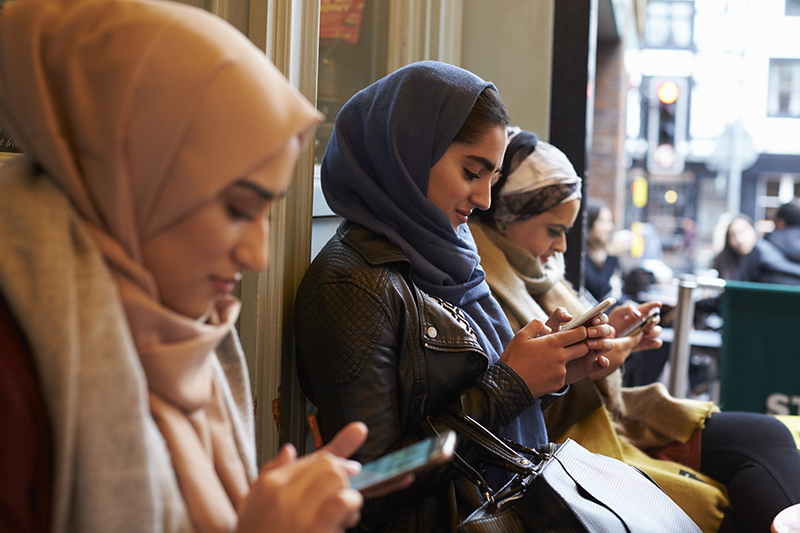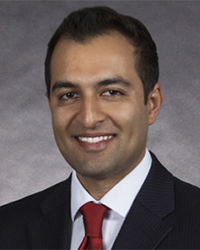
In fragile nation-states, where health services are hampered due to political instability, mobile health or mHealth innovations—broadly defined as the use of mobile and wireless devices (e.g., smartphones and tablets) to improve health outcomes1—hold great potential in moving towards meeting sustainable development goals of “ensuring healthy lives and promoting well-being for all at all ages.”2 As such, Afghanistan is fertile ground for the development, testing and scale up of mHealth or smartphone-based technology for reducing stress and increasing resilience among young people. The country has witnessed mobile phone usage proliferate rapidly since 9/11 at a rate faster than that of other forms of infrastructure, and, today, the World Bank estimates that an astonishing 22 million mobile phone subscriptions exist in a country of 38 million people.3 Although the diffusion of smartphone technology is nothing new to conflict-affected countries, mobile technologies for delivering mental health care have never been tested in Afghanistan where creativity is desperately needed for closing the mental health treatment gap.
This is far from suggesting that a smartphone-based app is a “fix-all” panacea or a ‘silver bullet’4 to a mental health crisis that is so deeply entrenched in Afghan society. Addressing the causes of poverty and dislocation must be central to addressing the mental health crisis. Yet many Afghan people, including youth, urgently need community-based psychosocial interventions that help strengthen and sustain social resilience to combat psychological trauma and daily stressors.5 A smartphone-based app might combine guidance for self-management, helping young people track and manage distress-related symptoms by applying healthy coping strategies with pathways to existing and emergent community and web-based psychosocial services.
What would a prototypical app look like in the Afghan context? Perhaps something similar to PTSD Coach. Downloaded nearly 300 thousand times worldwide,6 PTSD Coach provides its users with an assortment of customizable options ranging from psychoeducation about PTSD to symptom severity tracking and tools for managing the stresses of daily life (e.g., relaxation skills, positive self-talk, etc.). Because PTSD Coach is open source, self-management tools can be adapted to fit user experiences and conditions in Afghanistan. As community-based services expand, queries and screeners can be integrated into the app to assess severity, receptiveness, and fit with such services, connecting the user to available services as appropriate. With self-management tools as the core, the app might flexibly expand to include online communities and community-based resources. Combining self-management and social networking tools will allow people to customize their treatment and to contribute to building networks or even movements aimed at destigmatizing mental disorders in Afghanistan.
For an app to be embraced by Afghan youth, it would need to be culturally contextualized. In-depth research and piloting with Afghan youth (the ultimate end users) would be critical for developing effective outreach and to identify common triggers; gendered idioms and expressions of distress; and coping strategies that draw on their natural resiliency assets rooted in family bonds, their Islamic faith, and other cultural traditions. Harnessing such cultural factors with such innovation will require robust collaborations between academicians and researchers alike, clinicians, community health workers, software developers and other key stakeholders.4 This would not only enable its development and scale up, but might also contribute to capacity building across many disciplines and industries in a nation emerging from decades of conflict. Additionally, to be conducted in an ethical and responsible manner, such an app would need to secure end user data and benefit both men and women, people from different ethno-religious groups and people living in both urban and rural regions of the country. While young people may certainly be highly receptive to such innovation, broadening the end user base to include health and mental health professionals will require careful consideration, including whether or not it is realistic and feasible in a backdrop of corruption and resource limitations.2
Moreover, inhibiting factors for mHealth adoption are vast and range from low literacy, poor internet connectivity and the shortage of electricity to the absence of a national policy on mHealth.7 Indeed, information on mHealth policy in Afghanistan is not available, and, consequently, health policy will continue to lag behind the rapid pace of mHealth innovation and technology, subsequently impacting deployment and sustainability.8 Additionally, health policy makers face critical policy challenges because of resource scarcity and competing priorities for basic life needs such as adequate potable water, food, and education.8
Despite the remarkable uptake of mHealth in developing countries,4 local realities present a wide-range of challenges in implementing mHealth innovations in Afghanistan. However, if the diffusion of smartphone-based apps are successful, it is anticipated that distressed Afghan youth will view such innovation as an acceptable alternative to seeking help within a broken and stigmatized public mental health system. A smartphone-based app that is essentially developed by and for Afghan youth and managed through collaborations between key stakeholders has the potential to revolutionize postwar Afghanistan.
Author Bio:

Qais Alemi, PhD, MPH, MBA
Dr. Alemi is an Associate Professor in the Department of Social Work & Social Ecology. He teaches courses in research methods. He has a passion for global health and conducts translational studies related to the health and well-being of conflict-affected populations. His research interests also include the psychosocial consequences of discrimination and stigma in ethnic minority populations
References:
- Fogarty International Center. (2020). Mobile health: technology and outcomes in low and middle-income countries (mHealth). Retrieved from: https://www.fic.nih.gov/Programs/Pages/mhealth.aspx
- Asi YM, Williams C. The role of digital health in making progress toward Sustainable Development Goal (SDG) 3 in conflict-affected populations. International Journal of Medical Informatics. 2018;114(114-120).
- The World Bank. Mobile cellular subscriptions – Afghanistan. https://data.worldbank.org/indicator/IT.CEL.SETS?locations=AF. Published 2020. Accessed September 14, 2020.
- Eze, E., Gleasure, R. and Heavin, C., 2016. Reviewing mHealth in developing countries: A stakeholder perspective. Procedia Computer Science, 100, pp.1024-1032.
- Alemi Q, Stempel C, Koga, PM, et al. Risk and protective factors associated with the mental health of young adults in Kabul, Afghanistan. BMC Psychiatry. 2018;18(1-10).
- Kuhn, E., van der Meer, C., Owen, J.E., Hoffman, J.E., Cash, R., Carrese, P., Olff, M., Bakker, A., Schellong, J., Lorenz, P. and Schopp, M., 2018. PTSD Coach around the world. Mhealth, 4.
- Aamir, J., Ali, S.M., Boulos, M.N.K., Anjum, N. and Ishaq, M., 2018. Enablers and inhibitors: a review of the situation regarding mHealth adoption in low-and middle-income countries. Health policy and technology, 7(1), pp.88-97.
- Malvey, D.M. and Slovensky, D.J., 2017. Global mHealth policy arena: status check and future directions. Mhealth, 3.
